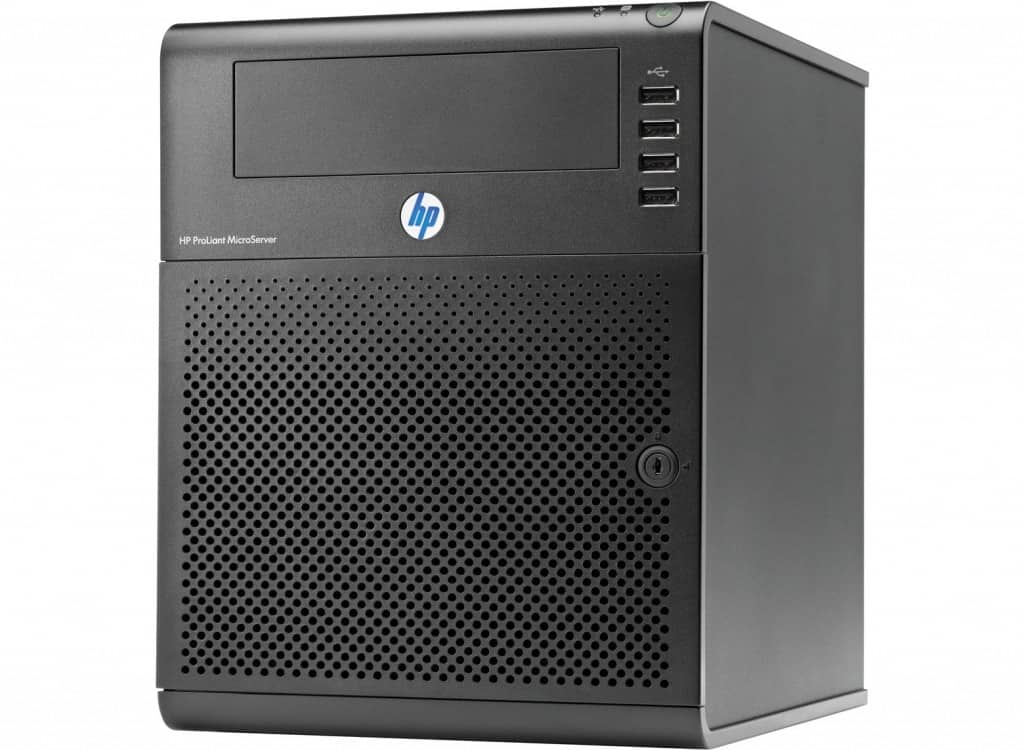
I had to check back through my company accounts to try and work out exactly when I bought my Hewlett Packard N54L Microserver. Turns out it was September 2014, so it’s just over 5 years old.
It was bought to replace an N40L which was the first machine I’d run FreeNAS on a few years earlier. The N40L became a backup and I sold the Netgear ReadyNAS NV+ which had been performing backup duties before that.
The N54L didn’t last long as my primary machine. As my FreeNAS knowledge grew I wanted to do more and more with the machine, and even with 16GB of RAM, the AMD Turion processor really wasn’t up to much more than serving files.
In May 2015 I built FreeNAS1, my Supermicro Xeon system which had been my main system until just a few weeks ago when FreeNAS0 was built, which is basically a more up to date version, with 64GB of RAM and 64TB of raw storage, which I’m hoping will keep me going for another 3-4 years.
FreeNAS1 has fallen into backup duties meaning FreeNAS2, my trusty 5-year-old HP Microserver is no longer required.
The easiest way to clean down a FreeNAS system is a clean install and then create a new pool, which is exactly what I’ve done. It was pretty up to date anyway (U6), but I’ve re-installed to 11.2-U7 and created a RAIDZ1 pool with the 5x4TB disks, leaving about 14TB of useable space and single disk redundancy.
My recommendation for anyone buying it would be to configure in RAIDZ2 with only around 10TB of useable storage, but with 2 parity disks. I might push Z1 with new drives and a good backup strategy, but given the 5 drives in the machine have around 25 years combined service, I’d feel much safer replacing them with a 2 drive failure buffer!
From reports online it should be possible to use up to 8TB drives with the N54L so in theory a useable RAIDZ2 pool of around 23TB. I certainly wouldn’t risk Z1 with 8TB drives!
It should make someone a great value NAS with the capability to explore FreeNAS and understand some of its possibilities. It will run Plex or emby in a jail, although will struggle to transcode anything, so the media will need to be stored in a format to direct play to the client device.
But with a small footprint and low energy consumption it will make someone a great little NAS with around 10TB of storage out of the box, but with the potential to double that as drives start to fail and need replacing.
I’ll add a link here when I eventually get around to selling it.

Trackbacks/Pingbacks